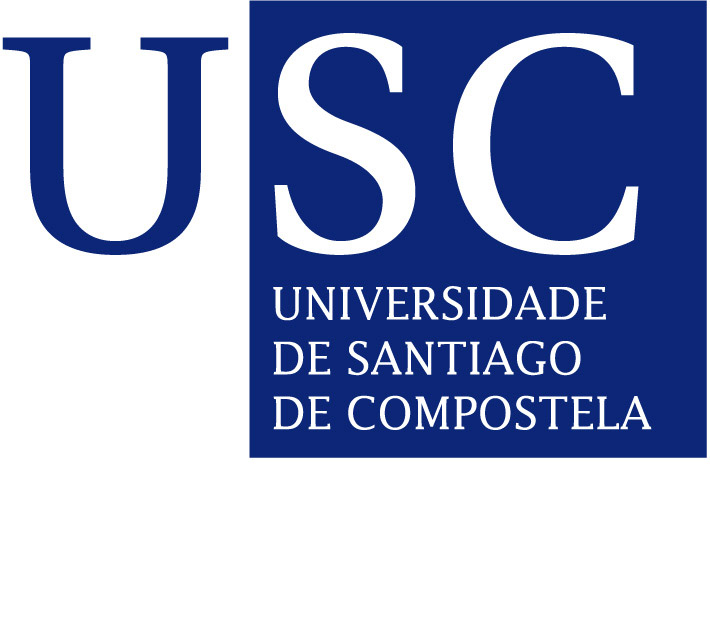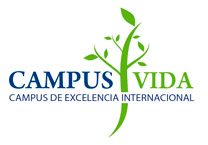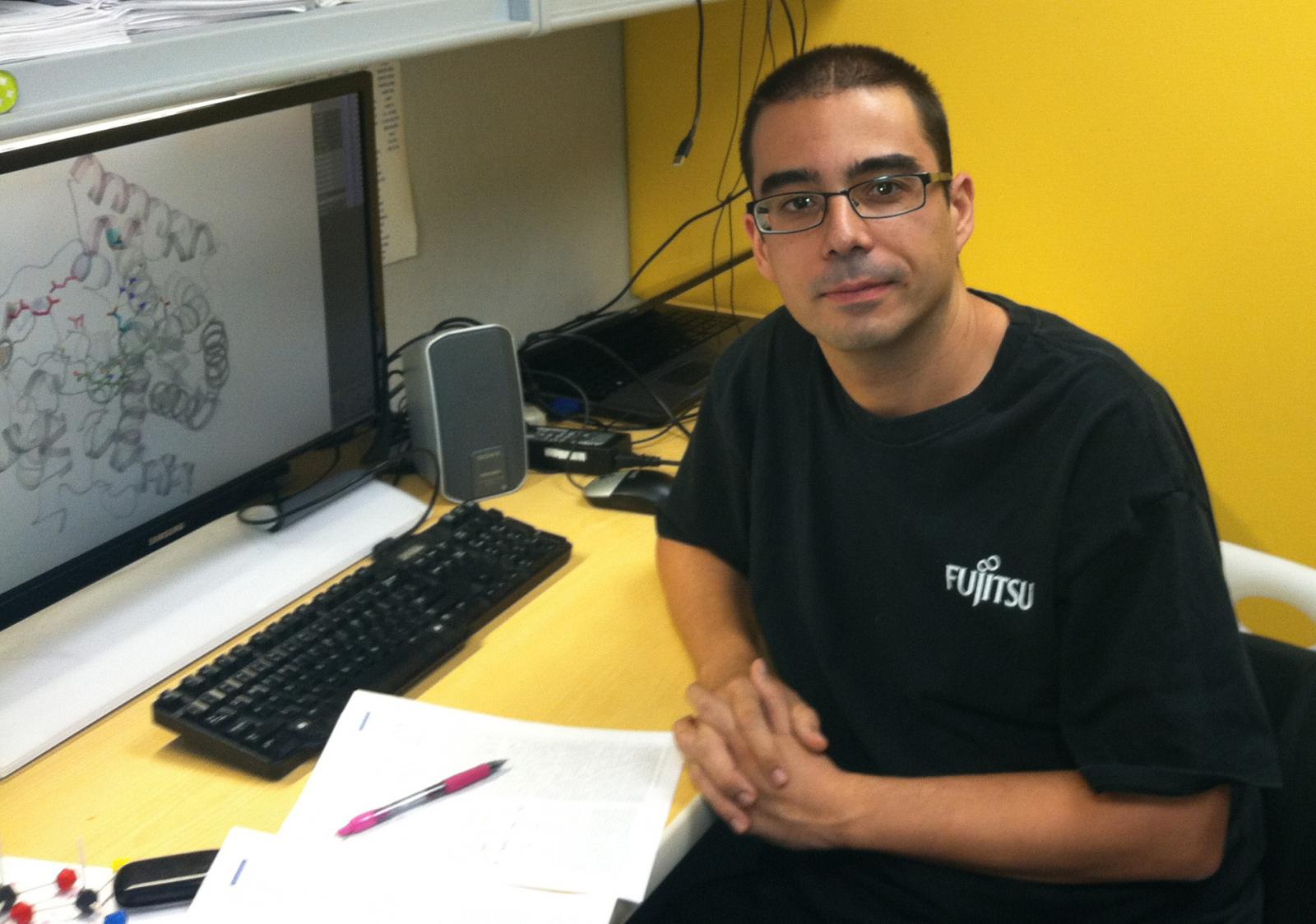Lecture: 'Computer Design and Directed Evolution of a Highly Active and Enantioselective Metallo-Hetero-Diels-Alderase'

Prof. Gonzalo Jiménez Oses
CiQUS Seminar room
12:15
Enzymes are highly efficient, selective, and biodegradable catalysts that can be synthesized in large amounts by microorganisms. The ability to design functional biocatalyst that can operate under varying conditions to perform chemical reactions not found in Nature, and which can be used for the large-scale productions of chemicals, would revolutionize synthetic and materials chemistry. Several research groups have made notable advances in this highly multidisciplinary research area, and have demonstrated that design of enzymes for unnatural reactions is feasible. Computer simulations based on quantum mechanics, Newtonian molecular mechanics and molecular dynamics principles are at the core of many enzyme design strategies, and have demonstrated superior performance for creating new types of catalysis with respect to random mutagenesis. On the other hand, computer enzyme design combined with Directed Evolution has been demonstrated to be a very powerful and successful strategies to discover enzymes for unnatural reactions with catalytic efficiencies comparable to the natural ones, as reported in many examples from our labs.
In this work, we present the Computer-Aided Design and Directed Evolution of an artificial Zn2+-based metalloenzyme able to catalyze the inverse electronic demand hetero-Diels Alder (IED-HDA) reaction between a 3-vinylindole and an aza-chalcone, a reaction that is not catalyzed by any natural biocatalyst. After several rounds of laboratory evolution starting from the initial computational design, the engineered metalloenzyme catalyzed the reaction with complete regio-, diastereo- and enantioselectivity, and with reaction rates superior to previously reported catalytic antibodies and to any natural diels-alderase known to date.
Bio
Gonzalo Jiménez-Osés received his PhD at University of La Rioja working on experimental organic synthesis (2001-2007), then moved to University of Zaragoza–CSIC first as a postdoctoral associate (2007-2009) and then as a lecturer in organic chemistry (2009-2010) while working on both experimental and computational heterogeneous metal catalysis. He then moved to University of California, Los Angeles (UCLA) as a CAR & Fulbright postdoctoral fellow (2010-2012), then associate (2013-2015) working with Ken Houk on computational chemistry, mostly on organic/metal catalysis and enzyme design, where he published 25+ papers in top journals.



